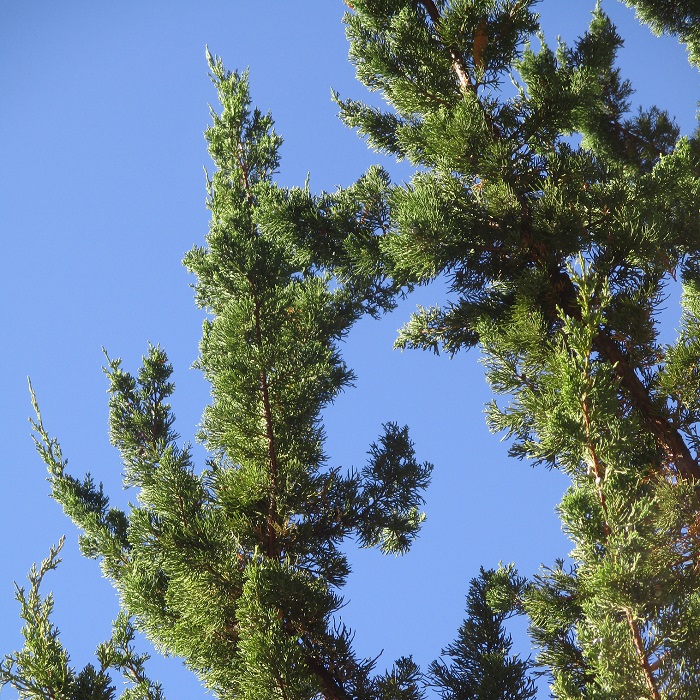UNITED STATES—As the deciduous trees that will soon be coloring for autumn defoliate for winter, the evergreen trees will become more prominent. Some evergreen trees will drop some of their foliage along with deciduous trees through autumn and winter. Many drop some of their old foliage as new foliage develops in spring, or later in summer. All are on distinct schedules, but are never completely bare.
That certainly does not mean that evergreen trees are not messy. To the contrary, some happen to be significantly messier than some deciduous trees are. They are only evergreen because they do not drop their old foliage until it is replaced by new foliage. Whether individual leaves last just slightly longer than a single year, or for several years, they eventually shed and fall to the ground.
In fact, evergreen trees may shed small, but pestering volumes of foliage for a few months or even constantly throughout the year. Some deciduous trees defoliate so efficiently within a very limited time once the weather gets cool, that all of their fallen leaves will be raked away within only two or three weeks. Of course, some trees, both deciduous and evergreen, drop flowers or fruit or both.
Not only do most evergreen trees shed for a longer time than most deciduous trees do, but most shed foliage that is not so easy to rake away. Cypress shed minute and finely textured leaves that are impossible to rake from lawns, but toxic if they accumulate. Juniper and arborvitae are easier to accommodate only because the trees are smaller. Fir, spruce and cedar have bigger needles.
Broadleaf evergreen trees are very different from coniferous trees. Their leaves are considerably easier to rake. They are generally more substantial than those of deciduous trees though. Some may not decompose so readily in deep groundcover. Southern magnolia leaves are notably slow to compost. Instead of producing cones, some broadleaf trees drop acorns or other messy seed.
Nonetheless, where there are compatible with their landscapes, evergreen trees are as practical as deciduous trees are.
Highlight: Hollywood juniper
Ah, something vintage! Remember Hollywood juniper, Juniperus chinensis ‘Kaizuka’ (or ‘Torulosa’) flanking big two-car garage doors of mid century modern homes? Those that are still around after half a century are big and strikingly sculptural. They are like miniature Monterey cypress for home gardens. They get about 15 feet tall and 10 feet wide, but have potential to get significantly larger.
Hollywood juniper is an old classic that is still reasonably available in some nurseries. Their densely foliated stems twist and turn picturesquely upward, typically leaning one way or another toward sunlight or away from prevailing wind. Some say they look like frozen green flames. Their gnarly trunks and flaking bark can be exposed as they grow tall enough for low growth to be pruned away.
Because of their very irregular branch structure, Hollywood juniper is more adaptable to free-formed pruning than the presently trendy junipers with strictly upright or conical form. They must never be shorn, but do not mind if obtrusive limbs get pruned back to the main trunks. Therefore, they are actually more adaptable to smaller modern gardens than some modern cultivars of juniper are.
Horticulturist Tony Tomeo can be contacted at tonytomeo.com.






